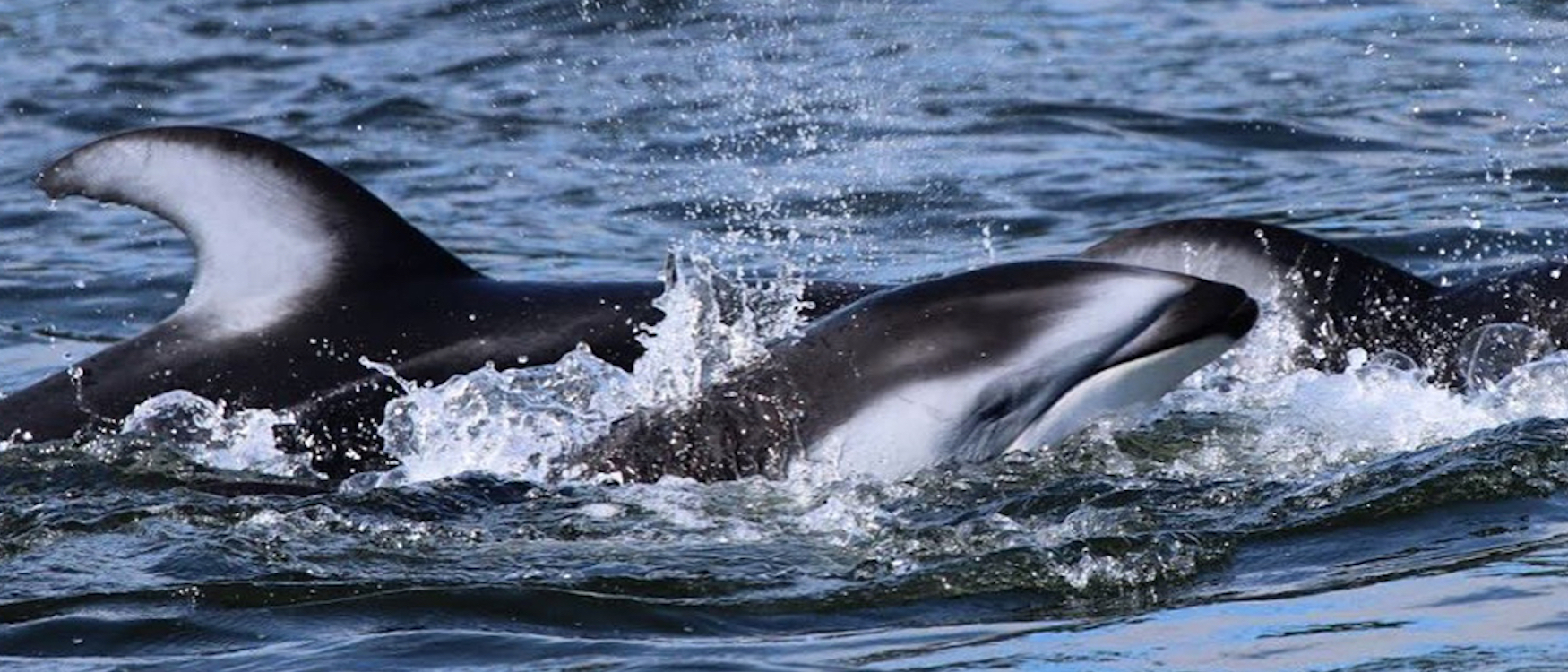A population of Pacific white-sided dolphins—a species traditionally found miles offshore—makes its home in the quiet, remote inlets of coastal British Columbia, Canada. Each year, for the past 11 years, the Oceans Initiative team has traveled to this special area, known as the Great Bear Sea, to conduct research on these beautiful tri-colored dolphins. By monitoring these dolphins annually, we are able to detect changes that may occur in the population’s health and that of their environment. Oceans Initiative’s scientists have gotten to know these dolphins as individuals, by photographing unique markings on their dorsal fins, and tracking the dolphins over time.
Adopt a Pacific White-sided Dolphin
You can support Oceans Initiative’s conservation efforts with a symbolic adoption of a Pacific white–sided dolphin. Your tax-deductible donation provides needed funding to continue our non-invasive, long-term research and to further protect this beautiful population of marine mammals. By symbolically adopting a dolphin, you will make a meaningful contribution to this important research.
What’s Included with your Symbolic Adoption of a Pacific White-Sided Dolphin
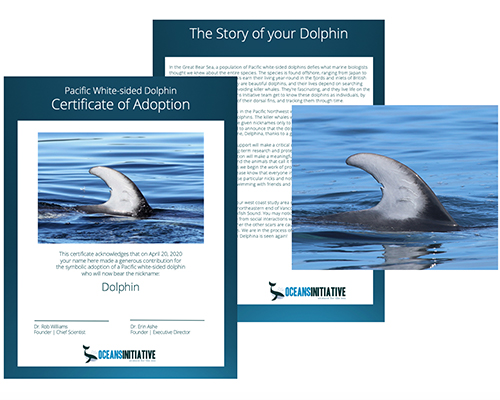
With your tax-deductible donation, you will receive:
- a personalized adoption certificate
- the story of your dolphin
- your dolphin’s photograph
- an Oceans Initiative dolphin sticker
- notification of future sightings of your dolphin or its pod
The Dolphin Adoption Kit is sent by first-class mail and should arrive in approximately two weeks following receipt of your donation.
How the Symbolic Adoption Works
You may choose to adopt your dolphin for one year for a tax-deductible donation of $40 USD or for two years for $75 USD. We also offer a special option to adopt a dolphin for life for a tax-deductible donation of $250 USD. You may adopt a dolphin for yourself, as a gift, or in memory of someone special.
You’ll see that some of the dolphins available for adoption have real names. Others have an ID number that identifies for our team the location we saw the dolphin, whether we see the left or right side of the dorsal fin, and the sequence in which we photographed the dolphin. Naming a dolphin is a unique and special opportunity, giving you permanent naming rights to your dolphin for a suggested minimum donation of $750 USD. Other donors may still continue to adopt your dolphin, which now bears the name you selected. Please contact us at dolphinadoption@oceansinitiative.org you are interested in naming a dolphin.
For US residents, please make your selection below. For our Canadian friends, please make your donation on Canada Helps and be sure to indicate which dolphin you would like to adopt.
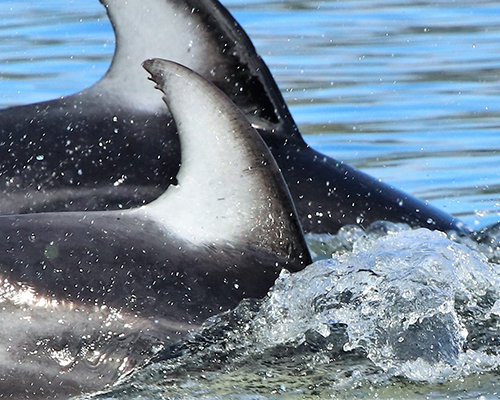
Kelly
Kelly (named after Kelly Clarkson, who profiled our work on her show) was first seen swimming beside her family on September 14, 2016 in Drury Inlet and on September 15, 2016 in Kingcome, British Columbia. The distinct markings on her dorsal fin are possibly the result of boat propeller injury or killer whale predation.
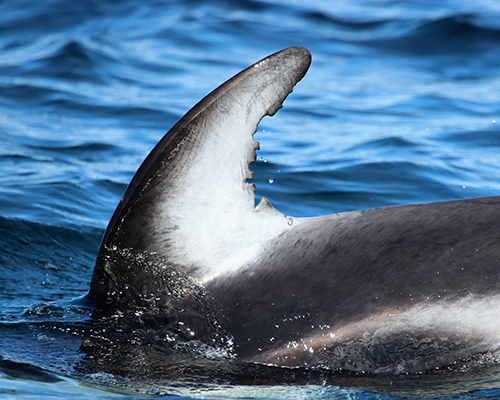
Annie Park
Annie Park was first seen on September 4, 2016 near Naka Creek, off the northeastern end of Vancouver Island. Ten days later, she had moved 30 miles north to remote Drury Inlet. The beautiful, parallel scars on Annie Park’s dorsal fin likely came from social interactions with other dolphins.
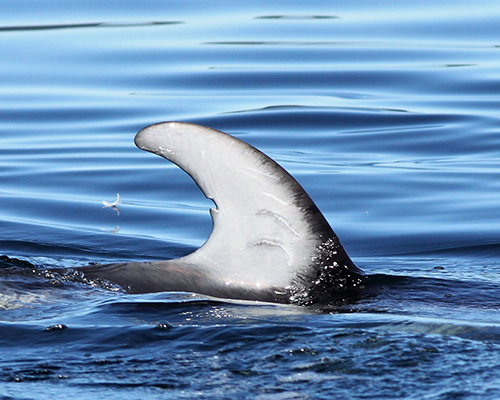
Delphina
Delphina was first discovered on September 4, 2016 near Naka Creek, off the northeastern end of Vancouver Island. Eight days later, she had moved to Cormorant Channel. The scars on Delphina’s dorsal fin, likely came from social interactions with other dolphins.
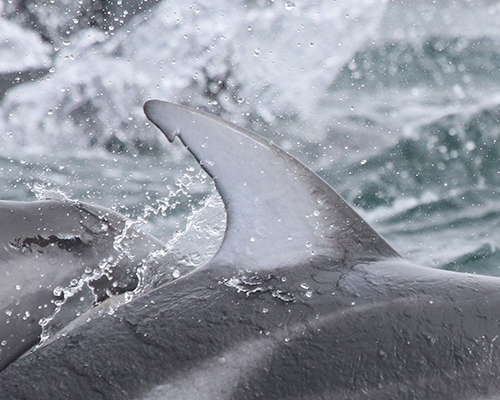
Wishart
Wishart, previously known as dolphin CR0178 was seen in 2007, 2009 and 2016. CR0178 was photographed swimming beside its family on August 26, 2016 in Sointula and on September 15, 2016 in Kingcome, in British Columbia, Canada. The distinct markings on its dorsal fin are possibly the result of a boat propeller injury.
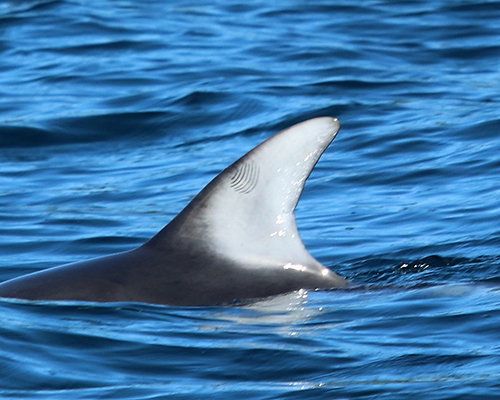
Snowball
Snowball, previously known as Dolphin IL0002, was first seen in 2016. On September 10, 2016, Snowball was photographed swimming beside its family in Cormorant Channel, in British Columbia, Canada. The distinct markings on its dorsal fin are possibly tooth-rake marks from another dolphin or a predator killer whale.
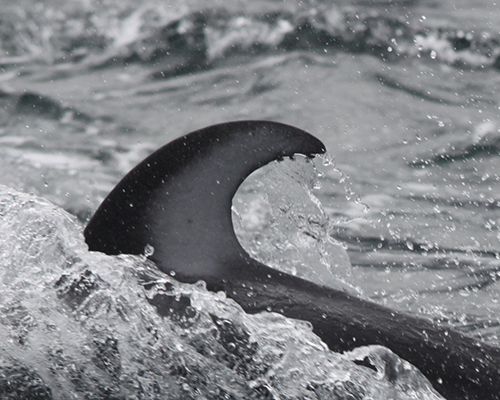
Mikey
Mikey, previously known as Dolphin GL0199, was first seen in 2016. On September 4, 2016, GL0199 was photographed swimming with its family in Naka Creek, in British Columbia, Canada. The distinct markings on its dorsal fin are possibly the result of a boat propeller injury.
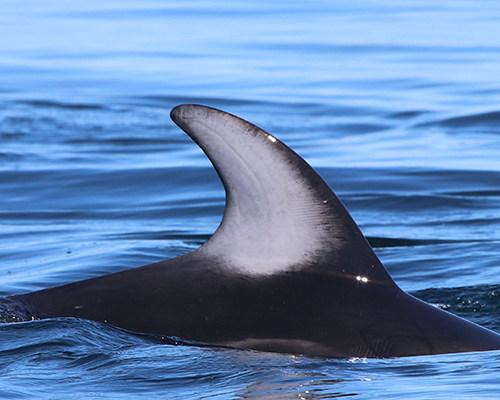
Ceilidh Belle
Ceilidh Belle, previously known as dolphin KR0016, was first seen in 2016. On September 12, 2016, Ceilidh Belle was photographed swimming with its family in Blackfish Sound, in British Columbia, Canada. This dolphin has a beautiful dorsal fin with just a single identifying scratch.
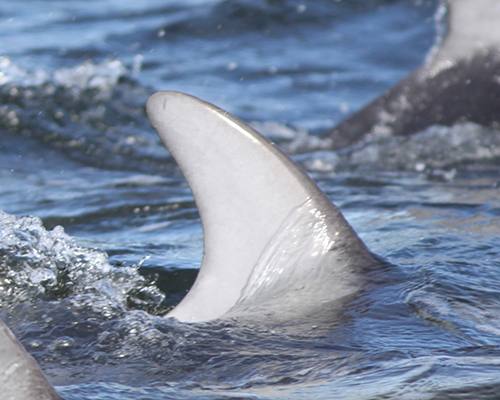
Squeaky
Squeaky, previously known as Dolphin LR0276, was first photographed on August 26, 2016, swimming beside its family in Sointula, on September 14, 2016 in Drury Inlet, and on September 15, 2016 in Kingcome, British Columbia, Canada. This dolphin has a beautiful distinctly light dorsal fin with minimal markings.

